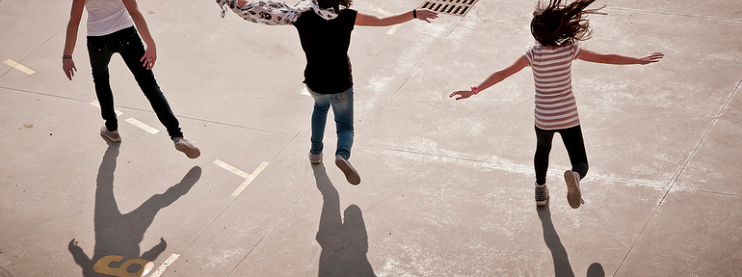New Scientist
Image: torremountain
Humanoid robots could one day serve as prancing libraries of long-forgotten dance routines – able to reproduce them for curious audiences without a moment’s rehearsal. It’s the latest approach to preserving traditional folk dances as the people skilled in performing them gradually die off.
The idea comes from Shin’ichiro Nakaoka and his colleagues at the University of Tokyo, Japan. They used video motion-capture systems to record the movement of a dancer performing a Japanese folk routine called the Aizu-Bandaisan. They turned this data into a limb-motion sequence for a humanoid robot, the HRP-2, made by Japan’s Kawada Industries (Journal of Robotics Research, vol 26, p 829) (see it at tinyurl.com/2wprxg).
The robot’s biggest weakness as a dancer is keeping its balance. While HRP-2 can faithfully reproduce any upper-body movement a human can make, its footwork is far from nimble: it can perform no step more advanced than simply lifting one foot off the floor. But as Aizu-Bandaisan is primarily a dance of the upper body, these constraints don’t stop HRP-2 looking a natural on the dance floor. Read more…








